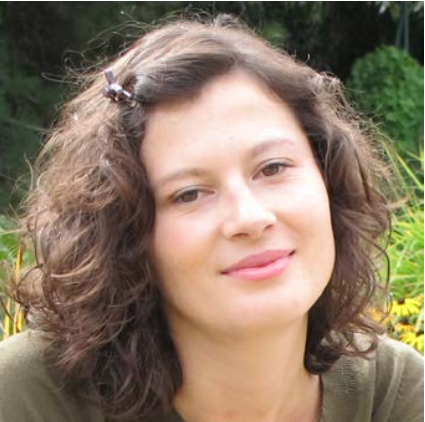Imaging recruitment of chromatin remodelling proteins to the sites of DNA damage induced by laser microirradiation

Laser microirradiation is an invaluable imaging method for studying DNA damage response in mammalian cells. It enables real-time monitoring of the recruitment and dissociation of fluorescently labelled DNA damage response factors at the sites of laser-induced damage. Typical laser microirradiation setups include a pulsed laser source, which is used to induce highly localized DNA damage in living cells, combined with a fast imaging system, usually a spinning disc microscope. We have established a custom-based adaptation of a spinning disc microscope setup, which is, to our knowledge, unique in Austria.
We will use the system to characterize the kinetics and mechanistic requirements for the recruitment of two novel histone readers that specifically bind acetylated and poly(ADP-ribosyl)ated histones and form a complex with chromatin remodelling ATPases. Our high speed/high contrast system will be optimized to monitor—for the first time–the co-recruitment kinetics of histone readers and chromatin remodelling ATPases in the same cell. Dynamic data obtained with our microirradiation system will be further analysed using other advanced microscopy techniques: a) three independent super-resolution microscopy techniques for co-localizing histone readers with specific histone modifications at sub-diffraction limited resolution; b) Lifetime based Förster Resonance Energy transfer and Fluorescence Correlation Spectroscopy to investigate the biophysical parameters of chromatin remodelling complexes.